Check the Total Organic Carbon Analyzers Questions and Answers
Total Organic Carbon Analyzers Questions

TOC Analyzers
What is TOC ?
Total Organic Carbon is a term used to describe the measurement of organic (carbon based) contaminants in a water system.
Organic contamination can come from a variety of sources, since “organics” are compounds such as sugar, sucrose, alcohol, petroleum, PVC cement, plastic based derivatives, etc.
- Organics may exist in the feed water.
- Organics may result from the leaching or shedding of various components within the purification or water distribution system.
- Organics may result from the formation of biofilms (bacteria) in the water system.
Why are TOC measurements used?
Generally organic contaminants are non-ionic and as such are not detected by standard conductivity measurements.
Therefore, high resistivity (low conductivity) measurements in an ultrapure water system may not detect high levels of TOC from high levels of contamination.
High levels of TOC can:
- Degrade water purification systems.
- Reduce semiconductor yields.
- Contaminate pharmaceutical batches.
- Damage power and steam generation equipment.
TOC is used to monitor both the quality and equipment efficiency of many water purification processes.
How is TOC measured?
TOC is measured using a Total Organic Carbon Analyser.
There are various types of equipment available, but the common objective is to completely oxidise the organic constituents to produce Carbon Dioxide (CO2).
The amount of CO2 produced is then measured, and this result is used to calculate the carbon concentration in the sample.
The choice of oxidation technique (wet chemistry or combustion) is influenced by factors such as chemical and physical composition of samples, detection limits, and measurement range.
Explain the Definitions according to EN 1484 ?
The EN 1484 standard “Guidelines for the determination of total organic carbon (TOC) and dissolved organic carbon (DOC)” defines various terms and parameters.
TC: Total carbon – the sum of organically bound and inorganically bound carbon present in water, including elemental carbon.
TIC: Total inorganic carbon – the sum of carbon present in water, consisting of elemental carbon, carbon monoxide, carbon dioxide (also carbonates and hydrogen carbonates), cyanide, cyanate, and thiocyanate. TOC instruments mainly detect CO2, originating from hydrogen carbonates and carbonates, just like TIC.
TOC: Total Organic Carbon – organically bound carbon present in water, bonded to dissolved or suspended matter. Cyanate, thiocyanate and elemental carbon are also determined.
POC: Purgeable Organic Carbon – the TOC content that is purgeable under the conditions of this method.
NPOC: Non Purgeable Organic Carbon – the TOC content that is not purgeable under the conditions of this method.
Explain about Total Organic Carbon (TOC) Measurement ?
Total Organic Carbon (TOC) is an indirect measure of organic molecules present in water and measured as carbon. Organic molecules are introduced into the water from the source water, from purification, and from distribution system materials.
TOC is measured for both process control purposes and to satisfy regulatory requirements.
Analytical technologies utilized to measure TOC share the objective of completely oxidizing the organic molecules in an aliquot of sample water to carbon dioxide (CO2), measuring the resultant CO2 concentration, and expressing this response as carbon concentration.
All technologies must discriminate between the inorganic carbon, which may be present in the water from sources such as dissolved CO2 and bicarbonate, and the CO2 generated from the oxidation of organic molecules in the sample.
One approach used to measure TOC involves subtracting the measured inorganic carbon (IC) from the measured total carbon (TC), which is the sum of organic carbon and inorganic carbon: TOC = TC – IC.
What are the different TOC Measuring Techniques ?
All Total Organic Carbon (TOC) analyzers perform two functions:
oxidizing organic carbon in water to CO2 and measuring the CO2 produced. What makes each TOC analyzer different is the method it uses to oxidize the organics in the water sample and the methods used to detect the resulting CO2.
Main Detection Methods
The three main methods of CO2 detection used commercially are:
- Non-dispersive infrared (NDIR)
- Direct Conductometric (Non-selective Conductometric)
- Membrane Conductometric Detection (Selective Conductometric)
NDIR TOC detectors measure CO2 in the gaseous phase, while conductometric TOC detectors measure CO2 in the liquid phase.
Differences Between TOC Analyzers and Sensors ?
It is critical to select the right TOC measuring device for its intended application. There are many differences between TOC analyzers and TOC sensors, and it is important to understand their consequences.
If the intended TOC device use is for regulatory reporting, managing an important process control variable, real-time release, or other critical-to-quality product attributes, instrument accuracy is essential. If the intended use is for general TOC monitoring—not for making critical quality decisions—then other characteristics may be more important than accuracy.
All TOC Sensors are less accurate than TOC Analyzers. Sensors are typically used to monitor a process while Analyzers are more suited to manage a process. Data from Sensors are used for information only, and data from Analyzers are used to make critical quality decisions. TOC Analyzers and Sensors serve important, but different uses and roles in today’s ultrapure water (UPW) applications
TOC Analyzer and Sensor Technologies
TOC Sensors all measure the CO2 directly by conductivity cells (Direct Conductivity, or DC method) and can produce false positive and false negative TOC results.
In contrast, TOC Analyzers remove the CO2 by diffusion through a selective membrane into deionized (DI) water and then measure the ionized CO2 by a conductivity cell using the Membrane-Conductometric (MC) method.
Where is TOC measured?
- AfterReverse Osmosisto monitor membrane efficiency (especially where Thin Film Composite or TFC membranes are used).
- AfterDeionization(DI) beds to monitor resin life and efficiency and to monitor shedding of new resins.
- After the Final Polish to ensure low organic levels have been maintained after storage of pure water in tanks.
- On Recycle (return of wet bench discharge waters) and Reclaim (reusing discharged waters in secondary applications outside the fab) lines, to ensure proper, low organic levels before return to the water system.
- After TOC destruct UV lamps to monitor UV light efficiency.
- Before the Point of Use distribution lines to ensure final water quality.
- Monitor Boiler Feed water to prevent damage to turbines and other equipment.
- To meet UPS and EP 2.2.44 requirements. TOC is a pharmaceutical measurement required when producing USP purified water, WFI (Water for Injection), and HPW (Highly Purified Water).
Are TOC measurements with continuous flow better than batch process TOC measurements?
Yes. A TOC analyzer, which measures continuous flow, can “see” the whole representative sample of organics in the water system. Much like a movie with continuous frames, a continuous flow doesn’t miss a frame or a TOC excursion.
However, a batch process is like a single frame photograph that takes a “snapshot” of the system. If “snapshots” are taken periodically, TOC excursions can be measured erroneously, as in a portion of an excursion where the magnitude of the excursion is missed, or an entire excursion may be missed entirely! If a batch process TOC unit has a response time of 5 minutes or 30 minutes, significant and important information may never be identified until it’s too late.
Why measure TOC?
Organic Carbon readily binds to other elements in the environment, producing a large number of compounds that can threaten public health and be damaging to the environment.
TOC is a good indicator of general levels of organic contamination, and many industries monitor TOC as a means of validating sanitary conditions. This measurement can provide confidence that contamination is below a certain level.
is TOC measurement online or offline ?
TOC can be measured both on-line and off-line. Off-line measurements (lab methods) are typically used for high concentrations (>1 ppm).
On-line measurements are typically used for sub-ppm (<1000ppb) detection and quicker response than the lab methods.
Most of the industries Thornton services use on-line measurements for the faster response, which is required for process control.
What is response time vs. update time of a TOC Analyzer?
Response time: The time it takes for the organics in water to be oxidized and measured in a TOC analyzer.
This is the time water takes traveling from the first conductivity sensor, through the spiral quartz tube to the second conductivity sensor, and then to process the TOC measurement. The response time is less than a minute!
Update time: The time it takes to update a measurement. The Update time is 2 seconds!
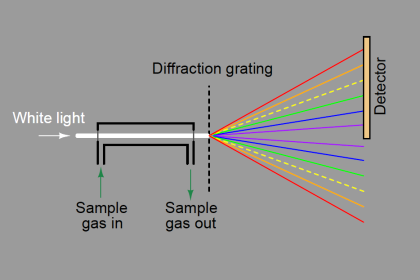
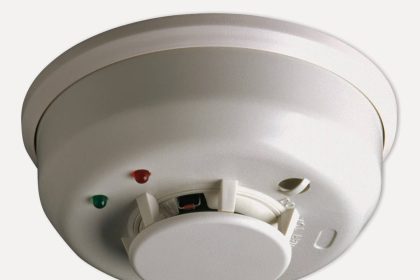
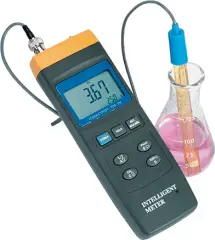
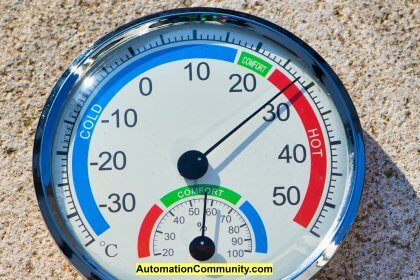
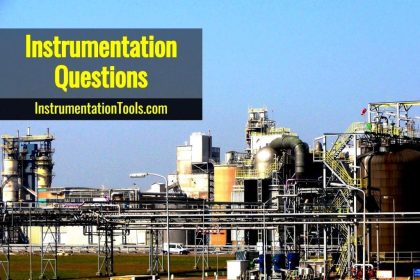

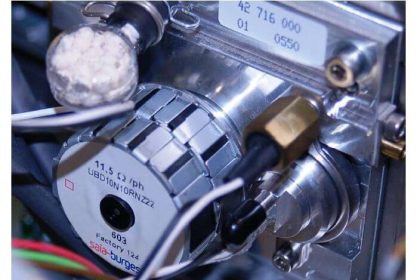

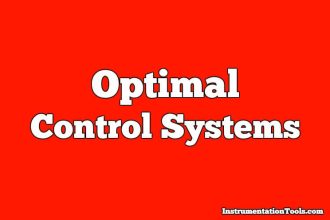
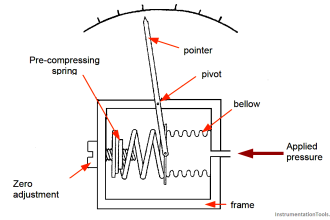

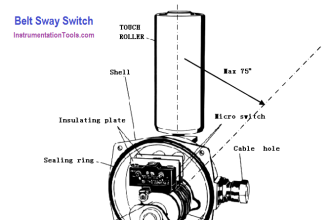

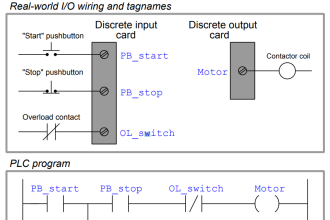

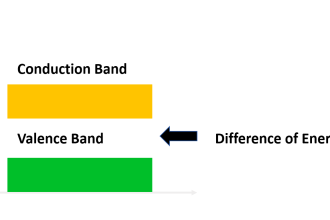

Please can you send me documents and animations that can be easily handled for demonstrations to my student in class. If I can get basic note on instrumentation and control
Hello Sir, Sent an email to you. Pl check. Thanks
The above information is very useful and helped me to understand the topic easily.
There is a free webinar on the topic Use of Non-specific Methods like #TOC for #CleaningValidation. ‘ on July 23rd, 2019.
This webinar might also help you to learn about TOC analysis for cleaning validation, and how non-specific methods score over specific methods.
https://www.pharmafocusasia.com/